
Identity and Access Management (IAM) is a critical framework for ensuring that the right individuals have appropriate access to technology resources. With the rapid digitalisation of business operations, IAM has become essential for safeguarding sensitive data and maintaining operational integrity. According to a recent study by Gartner, 70% of organisations that implement effective IAM solutions experience a significant reduction in security breaches.
In the Australian context, businesses face unique challenges in managing identities and access due to stringent regulatory requirements and increasing cyber threats. This article highlights five common IAM mistakes made by Australian businesses and provides actionable advice to avoid these pitfalls. By understanding and addressing these issues, organisations can enhance their security posture, comply with regulations, and protect their valuable assets from unauthorised access.
Mistake 1: Lack of Role-Based Access Control (RBAC)
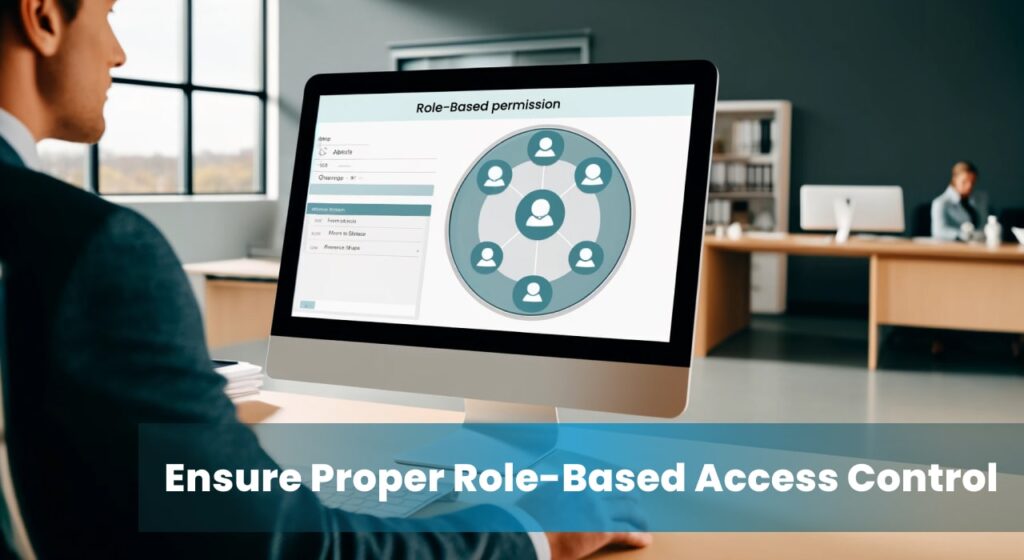
Role-Based Access Control (RBAC) regulates access to computer or network resources based on user roles within an organisation. By associating permissions with roles rather than individual users, RBAC simplifies the management of user permissions and enhances security. This approach ensures employees have access only to the resources necessary for their roles, reducing the risk of unauthorised access.
Despite its advantages, many Australian businesses struggle with implementing RBAC effectively. Common pitfalls include insufficiently defined roles, over-permissioned roles, and outdated role definitions. For instance, an employee who transitions to a different role within the company may retain access to unnecessary sensitive information if their permissions are not promptly updated. Such oversights can lead to significant security vulnerabilities and compliance issues.
To establish and maintain an effective RBAC system, organisations should start with a thorough analysis of their operational structure to identify and define roles accurately. Each role should have specific responsibilities and corresponding access permissions. Regular audits are crucial to ensure that roles and permissions remain current and aligned with the organisation’s needs. Implementing the principle of least privilege, where users are granted the minimum access necessary for their roles, can further enhance security.
For detailed guidelines on RBAC implementation, refer to the NIST RBAC Best Practices. These resources provide comprehensive advice on setting up and managing an RBAC system effectively.
By avoiding common mistakes and adhering to best practices, Australian businesses can leverage RBAC to strengthen their security posture, ensure regulatory compliance, and streamline access management.
Mistake 2: Ineffective Password Policies
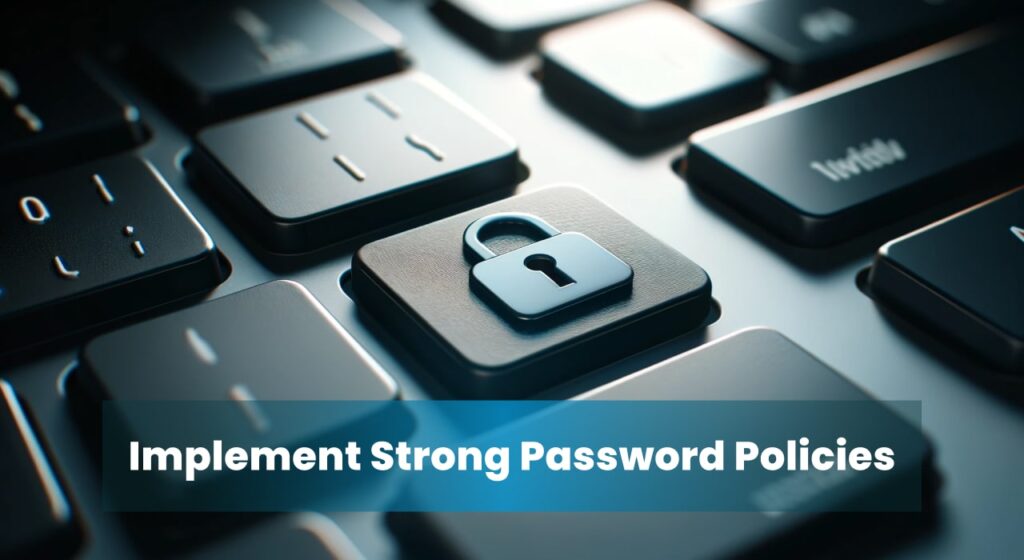
Strong password policies are essential for protecting sensitive information and maintaining the integrity of business systems. Passwords are a critical defence mechanism against unauthorised access, and weak policies can leave businesses vulnerable to cyberattacks. According to the Cybersecurity and Infrastructure Security Agency (CISA), 81% of hacking-related breaches are linked to stolen or weak passwords.
Common mistakes businesses make with password policies include allowing the use of simple or easily guessable passwords, not enforcing regular password changes, and failing to educate employees about the importance of secure passwords. These errors can lead to significant security risks, as weak passwords are more susceptible to brute force attacks and other hacking methods.
To create and enforce strong password policies, businesses should implement the following best practices:
- Enforce Complexity Requirements: Require passwords to include a mix of upper and lower-case letters, numbers, and special characters. This complexity makes passwords harder to crack.
- Set Minimum Lengths: Establish a minimum password length of at least 12 characters. Longer passwords are generally more secure.
- Regular Updates: Mandate regular password changes, such as every 60-90 days, to limit the risk of compromised credentials being exploited.
- Avoid Reuse: Prevent the reuse of previous passwords to ensure that each new password is unique.
- Multi-Factor Authentication (MFA): Implement MFA to add an extra layer of security, requiring users to provide additional verification, such as a code sent to their phone, in addition to their password.
- User Education: Conduct regular training sessions to educate employees about the importance of strong passwords and how to create them.
To illustrate the differences between weak and strong password policies, consider the following table:
| Criteria | Weak Password Policy | Strong Password Policy |
|---|---|---|
| Password Length | Minimum 6 characters | Minimum 12 characters |
| Complexity Requirements | No requirements | Must include letters, numbers, and special characters |
| Change Frequency | Never or rarely enforced | Every 60-90 days |
| Reuse Restrictions | Reuse allowed | Reuse prohibited |
| Multi-Factor Authentication | Not required | Required |
By adopting these practices, Australian businesses can significantly enhance their security posture, protecting their systems and data from potential breaches.
Mistake 3: Insufficient Monitoring and Auditing
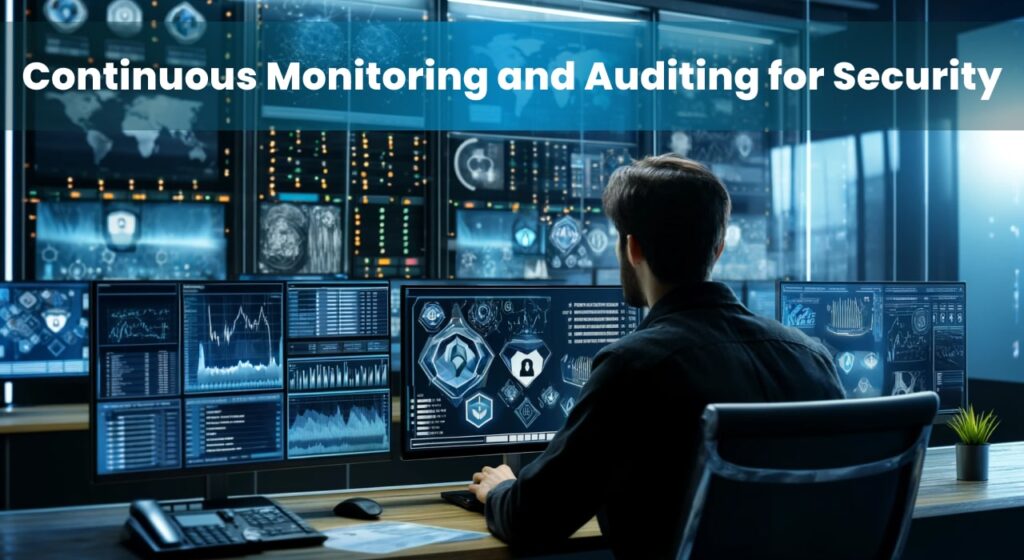
Continuous monitoring and auditing of Identity and Access Management (IAM) systems are crucial for maintaining security and compliance. Effective monitoring helps detect and respond to unusual activities, while regular audits ensure that access controls are functioning correctly and policies are being followed. According to the Cybersecurity and Infrastructure Security Agency (CISA) and the National Security Agency (NSA), robust IAM practices are essential to safeguard systems from threats and ensure only authorised access.
Common errors in monitoring and auditing practices include the lack of real-time monitoring, infrequent audits, and inadequate logging of access events. Businesses often rely on periodic reviews rather than continuous monitoring, which can result in delayed detection of security breaches. Additionally, not logging detailed access events or failing to analyse them effectively can leave gaps in security, making it difficult to identify and mitigate threats.
To set up effective monitoring and auditing mechanisms, businesses should implement the following best practices:
- Real-Time Monitoring: Establish real-time monitoring of IAM systems to detect and respond to anomalies promptly. Use automated tools that can alert administrators to unusual activities.
- Comprehensive Logging: Ensure that all access events are logged comprehensively. Logs should include details such as the user ID, timestamp, accessed resources, and type of access (e.g., read, write).
- Regular Audits: Conduct regular audits of IAM systems to review access controls, policies, and compliance. Audits should be conducted by external parties to maintain impartiality.
- Anomaly Detection: Implement anomaly detection systems that use machine learning to identify patterns and detect deviations from normal behaviour. These systems can provide early warnings of potential security issues.
- Access Review: Regularly review user access rights to ensure they are aligned with current roles and responsibilities. Revoke access for users who no longer need it.
For detailed guidelines on IAM monitoring and auditing, refer to the CISA and NSA Identity and Access Management Recommended Best Practices Guide. This resource provides comprehensive advice on setting up and maintaining effective monitoring systems.
By following these best practices, Australian businesses can enhance their security posture, ensure compliance, and protect their systems from unauthorised access and potential breaches.
Mistake 4: Overlooking User Training and Awareness
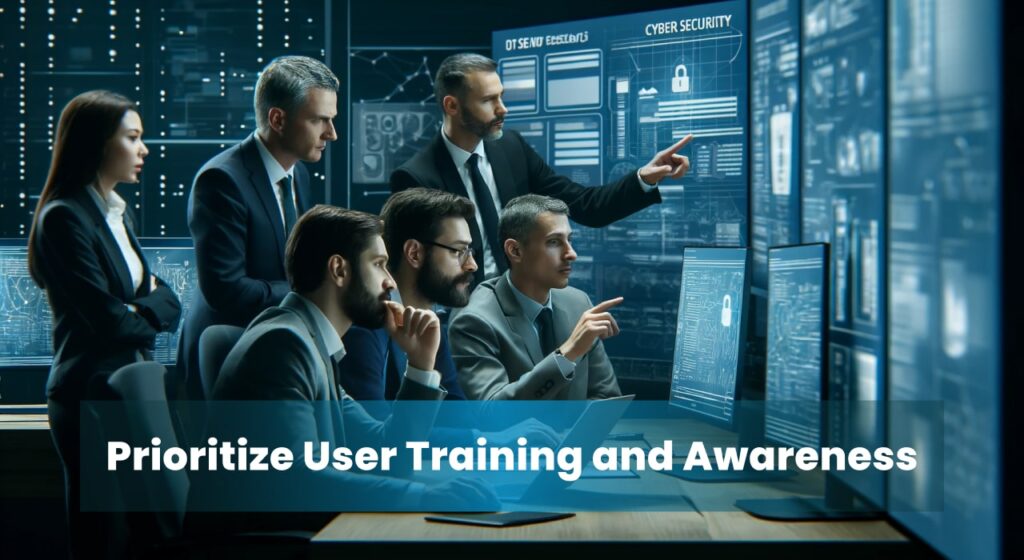
User training plays a critical role in the security of Identity and Access Management (IAM) systems. Effective training ensures that employees understand the importance of IAM policies and their responsibilities in maintaining system security. However, many businesses neglect this aspect, leading to vulnerabilities that could be easily exploited.
Common shortcomings in IAM-related user training programs include infrequent training sessions, lack of engagement, and insufficient coverage of key topics. Often, businesses provide training only during onboarding or on an annual basis, which is not frequent enough to keep security practices top of mind. Additionally, training sessions that are not interactive or engaging fail to capture the attention of employees, reducing the effectiveness of the training. Finally, many training programs do not cover all necessary topics, such as password management, recognising phishing attempts, and understanding access controls.
To develop and implement comprehensive IAM training programs, businesses should consider the following actionable advice:
- Regular Training Sessions: Conduct regular training sessions, at least quarterly, to reinforce security practices and keep employees informed about the latest threats and policies.
- Engaging Content: Use interactive and engaging training methods, such as simulations, quizzes, and scenario-based learning, to ensure employees are actively participating and retaining the information.
- Comprehensive Coverage: Ensure that the training covers all essential topics, including password management, recognising phishing attempts, understanding role-based access control, and the importance of reporting suspicious activities.
- Tailored Training: Customise the training content to address the specific needs and roles within the organisation. For example, IT staff may require more in-depth technical training, while general employees need to focus on recognising and avoiding common threats.
- Evaluation and Feedback: Regularly evaluate the effectiveness of the training through assessments and feedback from employees. Use this information to improve and update the training program continually.
For detailed guidelines on creating effective IAM training programs, refer to resources such as Open University’s Free Courses and Harvard’s Professional and Lifelong Learning . These platforms offer a variety of courses that can help structure comprehensive training programs.
By implementing these best practices, Australian businesses can ensure that their employees are well-informed and proactive in maintaining IAM security, thereby reducing the risk of security breaches.
Mistake 5: Neglecting to Regularly Update IAM Policies
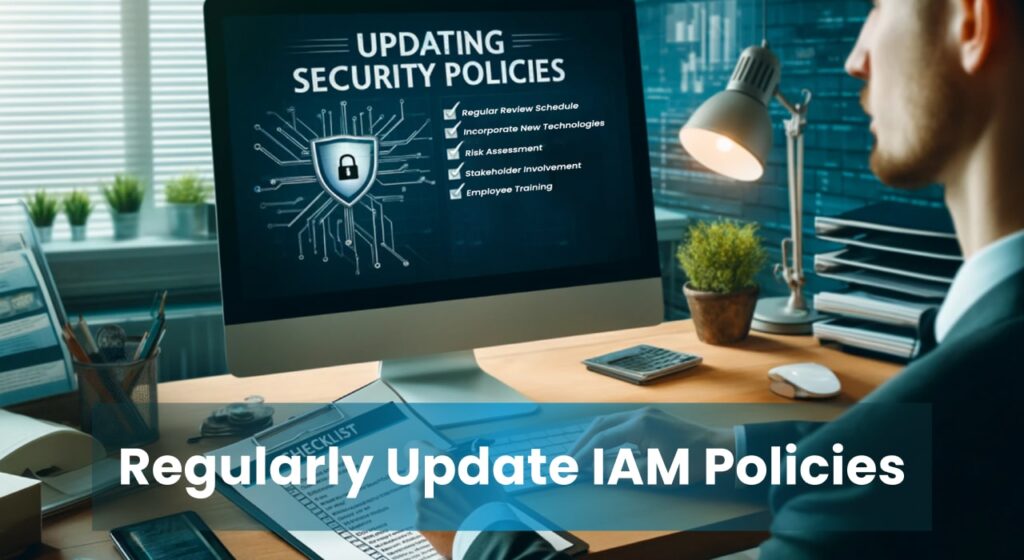
Regularly updating Identity and Access Management (IAM) policies is crucial for maintaining robust security and compliance. As technology and cyber threats evolve, IAM policies must be periodically reviewed and revised to ensure they remain effective and relevant. The failure to do so can result in outdated practices that leave organisations vulnerable to breaches and non-compliance with regulatory requirements.
Common mistakes businesses make in keeping IAM policies current include relying on outdated frameworks, failing to incorporate new security measures, and neglecting to address emerging threats. For instance, many businesses continue to use legacy systems without updating their IAM policies to integrate newer security protocols like multi-factor authentication (MFA) or advanced logging and monitoring techniques. This oversight can lead to security gaps and increased risk of unauthorised access.
To ensure IAM policies are consistently updated and effective, businesses should implement the following best practices:
- Regular Review Schedule: Establish a routine schedule for reviewing and updating IAM policies, at least annually, to align with changes in the technological landscape and regulatory requirements.
- Incorporate New Technologies: Stay informed about advancements in IAM technologies and integrate these innovations into existing policies. This includes adopting MFA, biometric authentication, and real-time monitoring tools.
- Risk Assessment: Conduct regular risk assessments to identify potential vulnerabilities and address them in the policy updates. This proactive approach helps mitigate risks before they can be exploited.
- Stakeholder Involvement: Involve key stakeholders, including IT, security, and compliance teams, in the policy review process to ensure comprehensive coverage and effective implementation.
- Employee Training: Update training programs to reflect changes in IAM policies and ensure all employees understand their roles and responsibilities in maintaining security.
For detailed guidelines on updating IAM policies, refer to the CISA and NSA Identity and Access Management Recommended Best Practices Guide. This resource provides actionable recommendations for securing systems from IAM-related threats.
Here is a table with a checklist for updating IAM policies:
| Checklist Item | Description |
|---|---|
| Schedule Regular Reviews | Set annual or bi-annual reviews of IAM policies. |
| Adopt New Technologies | Integrate latest IAM technologies like MFA and biometric authentication. |
| Conduct Risk Assessments | Regularly evaluate risks and update policies accordingly. |
| Involve Stakeholders | Engage IT, security, and compliance teams in the review process. |
| Update Training Programs | Reflect policy changes in employee training sessions. |
By adhering to these practices, Australian businesses can ensure their IAM policies remain current, effective, and capable of protecting against evolving cyber threats.
This article has highlighted five common IAM mistakes that Australian businesses often make: lack of role-based access control (RBAC), ineffective password policies, insufficient monitoring and auditing, overlooking user training and awareness, and neglecting to regularly update IAM policies. Each of these mistakes can significantly compromise an organisation’s security and compliance, leading to potential breaches and financial losses.
Avoiding these pitfalls requires a proactive and systematic approach. Implementing effective RBAC ensures that access is granted based on roles, reducing the risk of unauthorised access. Strong password policies, combined with regular updates, enhance the security of user credentials. Continuous monitoring and auditing help in early detection of anomalies and ensuring compliance. Comprehensive user training programs ensure that employees are aware of their responsibilities and the importance of IAM. Lastly, regularly updating IAM policies ensures they remain relevant and effective against evolving threats.
By addressing these common mistakes, businesses can strengthen their IAM framework, safeguard sensitive information, and maintain compliance with regulatory standards. Taking these steps is essential for building a robust security posture and protecting organisational assets from potential threats.
